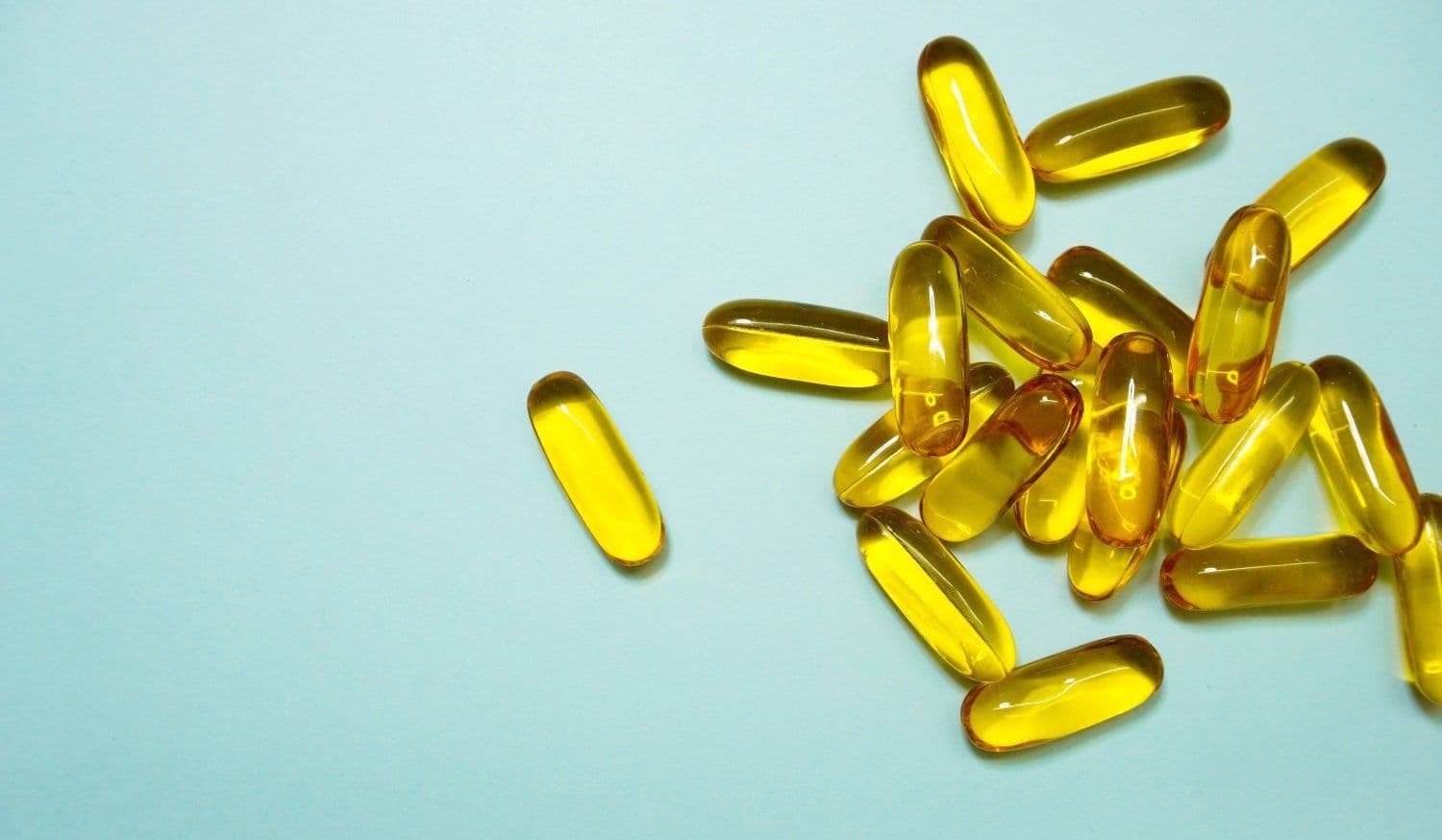Essential Nutrients: Omega 3
Omega 3 is an essential nutrient that our body cannot produce. It is a key fat for our health, yet most people have a deficiency. This article will discuss the best sources of omega 3, how much we need to consume, and the consequences of not consuming enough.
Omega 3 Deficiency: What Happens?
Omega 3 is needed for numerous processes in our body. When we do not have sufficient amounts, we suffer the consequences. Mental symptoms of low levels of omega 3 include:
- Disorders or attention deficit
- Greater tendency to depression
- Levels of inflammation in our brain that alter our mood and cognitive performance
- Problems related to our memory
- Eye problems and macular degeneration inside our eye
Omega 3, particularly an omega 3 subtype called DHA, forms the sheath of your neurons, something called myelin. This is essential for the proper electrical functioning of your entire body, but mainly of your brain.
In the case of an omega 3 deficit, your body will be able to manufacture less myelin, leading to memory problems, concentration problems and high levels of inflammation in the brain that will alter your mood.
We can also have cardiovascular related symptoms, such as:
- Higher cardiovascular risk in general due to low consumption of omega 3
- More tendency to hypertensive disease
- Arrhythmias or heart rhythm disturbances and even angina pectoris
At a dermatological level, we can have these symptoms:
- Greater hair loss
- Dermatitis
- Dandruff
- Dry or flaky skin
- Greater tendency to skin allergies
Inflammation: Omega 3 vs Omega 6
We need a balance of omega 3 and omega 6. Nowadays, we consume much more omega 6 than omega 3, and a high intake of omega 6 may even be useful in predicting premature death and cognitive decline.
On average today, depending on our diet, we consume between 12 and 25 times more omega 6 than omega 3, giving us a much greater tendency towards inflammation. However, the ideal ratio of omega 6 and omega 3 would be 4 to 1.
Functions of Omega 3
There are many types of omega 3 with different functions and different benefits:
- DHA. It is particularly good for our brain, for our heart and for our eyes.
- EPA. It has benefits for vision, benefits for the heart and for inflammation specifically.
- ALA. It is mainly beneficial for everything cardiovascular related.
Sources of Omega 3
Omega 3 ALA is found in seeds and nuts, mainly in chia flax and walnuts. EPA and DHA are mainly extracted from the sea. We have fish, fish oil in supplement form, algae, eggs and meat, especially offal from free-range animals.
The best source of omega 3 is Krill. Krill is a crustacean that is at the base of the food chain in the sea. It feeds on phytoplankton, which is a key nutrient to help us humans produce more stem cells.
How much omega-3 do we need?
The more bile salts I produce, for example, the easier it is going to make me absorb fats, but in turn, the worse the bacterial flora I have, the more these bile salts are altered and the more my absorption of fats is altered.
But how much omega do we need in a normal diet for the average person? First we need to reduce omega 6 as much as possible and guarantee at least 1 or 2 grams of omega 3 per day, especially DHA and EPA.
In conclusion, if you do not have a balanced diet that meets the omega 3 requirements as in the vast majority of people, supplement to obtain dozens of benefits to reduce the damage we generate in our own body and to lower inflammation.
